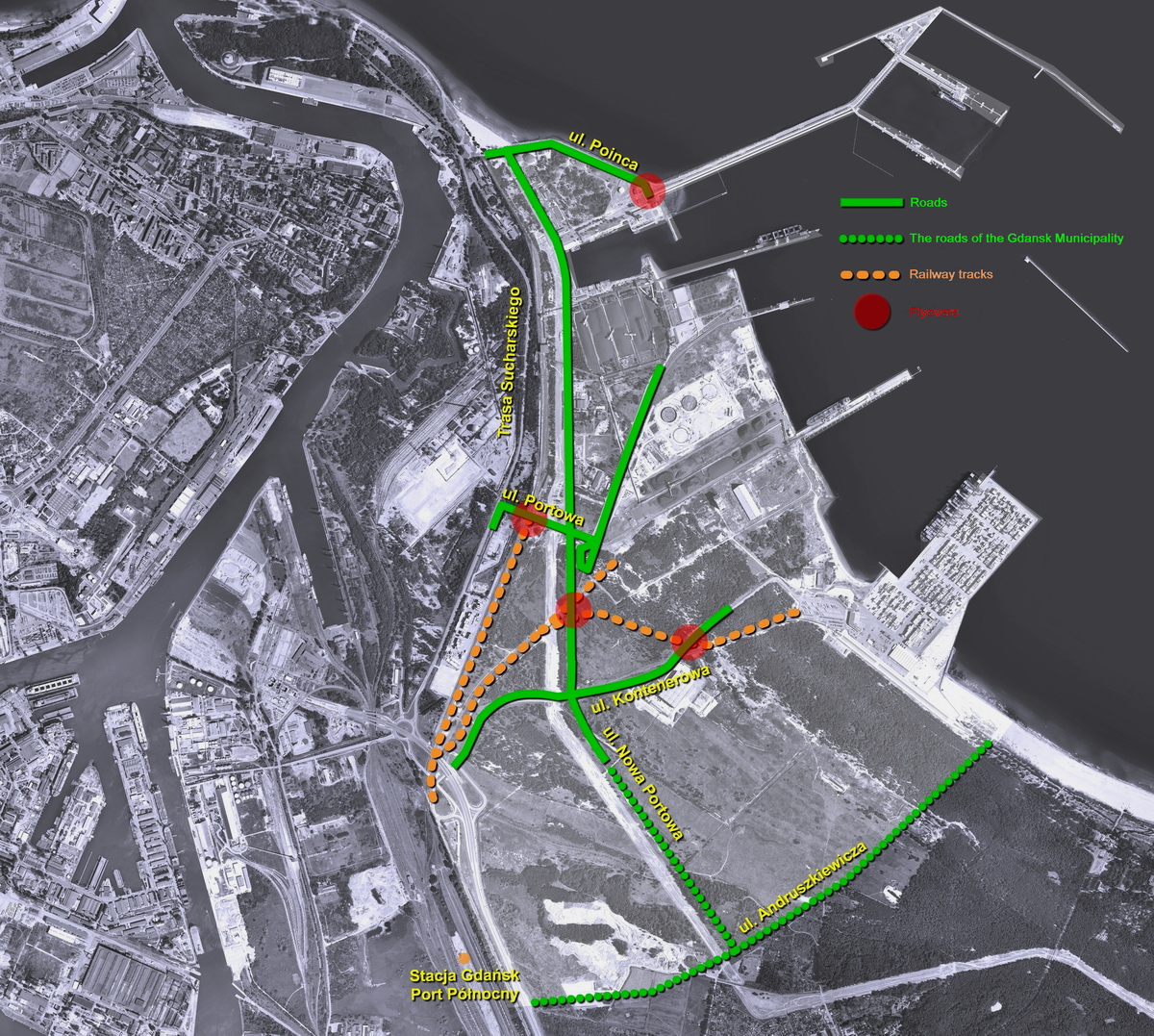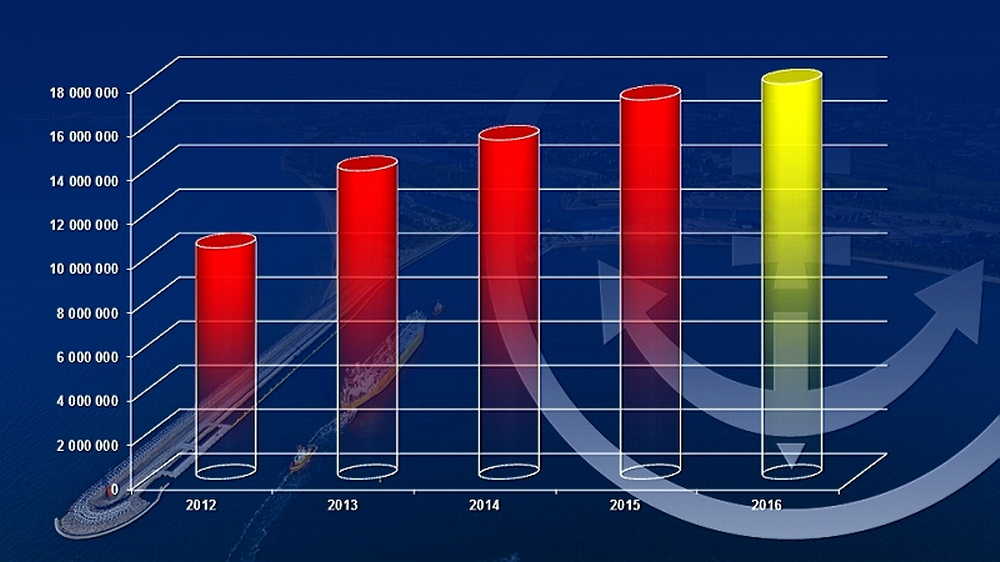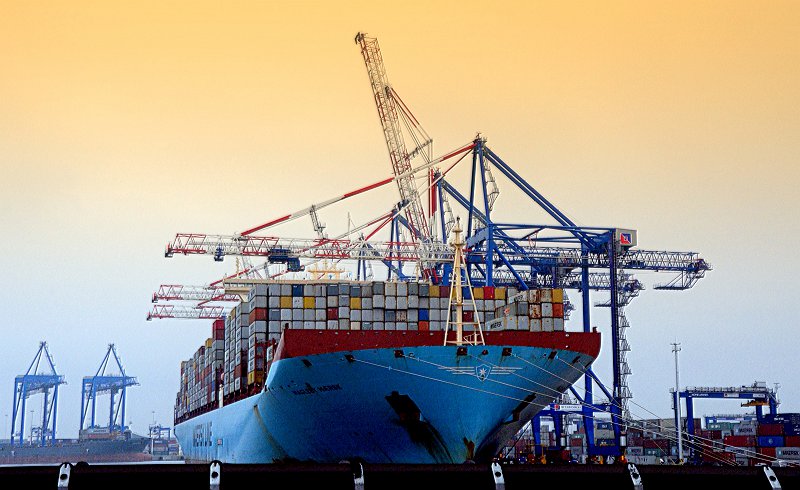New railway access to the Port of Gdansk now available
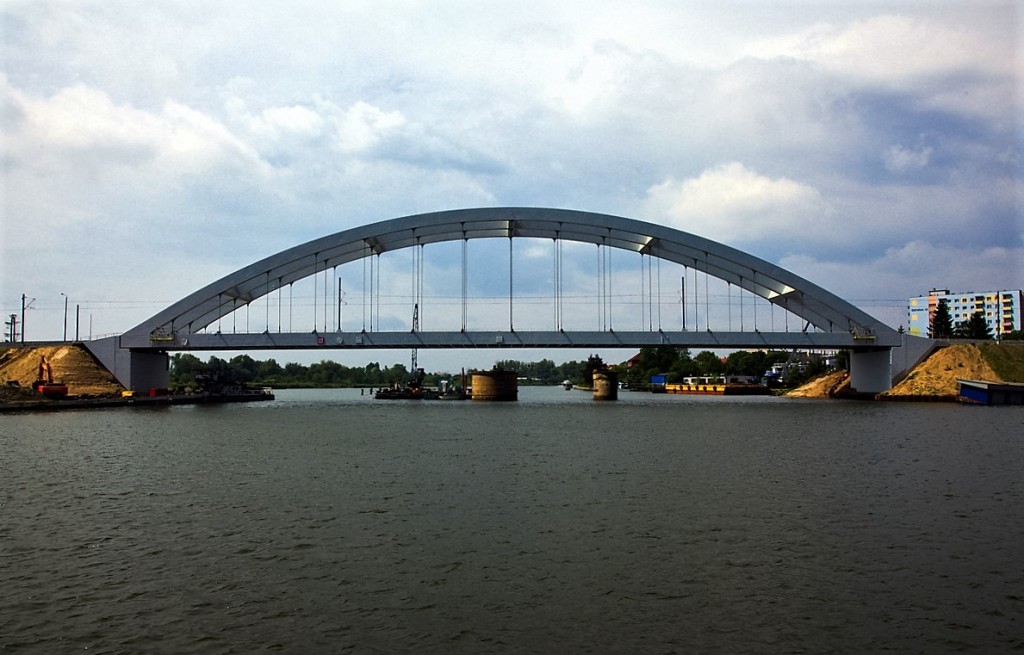
On September 27, 2016, a ceremonial seminar was held in Gdansk marking the completion of one of the most important investments for the future of the Port of Gdansk – the modernisation of railway line no. 226 and the construction of a railway bridge over the Martwa Wisla.
Line no. 226 and the railway bridge over the Martwa Wisla – the only line providing railway traffic access to the right-bank side of the Port of Gdansk, including the deepwater part with the greatest potential for development – are elements of the port’s access infrastructure used annually by as much as 95 per cent of all the trains directed to/from the port. Last year, average traffic on this route reached as high as 500 railway wagons a day. Among them, the majority (46 per cent) were hopper wagons transporting coal; 37 per cent were wagons with general cargo, mainly containers. Another 15 per cent of traffic was trains with other bulk cargo, including chemicals and aggregates.
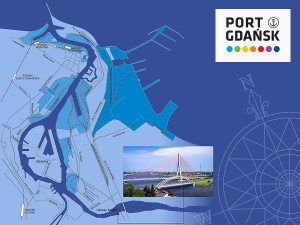
Fig.: Own elaboration based on the Port of Gdansk’s release.
The huge dynamics of railway transport at the Port of Gdansk, which reached the level of +41 per cent in 2015, considering the tonnage of goods transported from/to the port by rail, and +46 per cent, when it comes to the number of railway wagons handled at the port, is a result showing that railway transport is increasingly important in port operations.
Rail today is the optimal mode of long-haul freight, and has been increasing at the Port of Gdansk each year. Goods transported most frequently by rail include bulk cargo, mainly coal.
Recently, coal has been handled more and more often at the port’s quays in Gdansk. As a reminder, 4.5 million tonnes of coal were handled at the Port of Gdansk last year, which was the second best result in the last decade.
Railway transport also involves intermodal transport, used more and more frequently, primarily for the transport of the majority of containerised cargo. Being the largest container port in Poland and the second largest in the Baltic Sea, the Port of Gdansk is continuously reporting record numbers of containers at the port’s quays. Summing up the 8 months of this year, the number of containers at the Port of Gdansk increased by 27 per cent compared to last year and by 3 per cent compared to the record year of 2014.
In the light of such realities at the port, the new railway access infrastructure that has come into service, along with the recently completed road investments, including the road tunnel below the Martwa Wisla which went into service last April, constitutes a very important element complementing the port’s offer, and reinforces its competitive position on the market.
Read more: The longest underwater crossing in Poland is now open
After eight months of this year, Gdansk moved up the ranking of the largest Baltic ports to sixth. This is a result never before achieved by any of the Polish ports. It should not come as a surprise then that the port’s efficient access infrastructure was one of the most eagerly awaited investments of late, as in the coming years, the Port of Gdansk will aspire to further strengthen its position in the Baltic Sea and within the entire area of East-Central Europe. Without its new access infrastructure, such plans would definitely not be possible.
GL, rel (Port of Gdansk)

